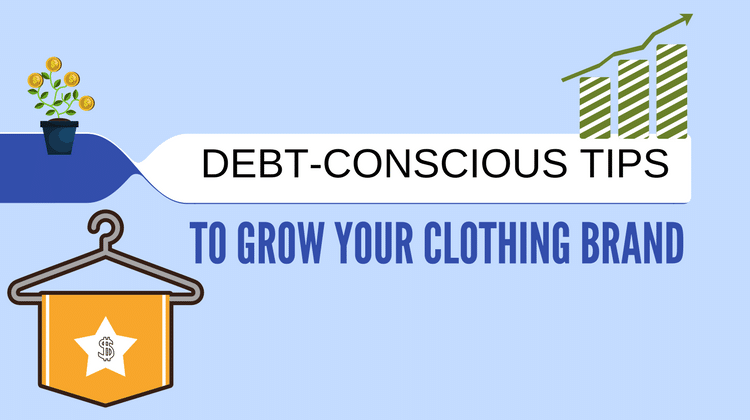
Sponsored by NAPS International:
The demise of American Apparel, for anyone dreaming of starting an independent clothing company, has felt a lot like a death knell for the industry. Over its 19-year history (it’s now been sold to a Canadian company), it came to define the laid-back cool style of so-called “hipsters” in the early 2000s. Its form-fitting clothes offered a youthful and simplistic style, and their shirts quickly became the canvas for screen prints around the US.
The company began as a dorm room startup selling “made in America” shirts, but became something of a fashion icon before its CEO was finally ousted in 2015. For casual observers, and pessimists, it would seem that the “made in America” fashion trend is reserved for higher end brands aimed at a specific market. In fact, nothing could be further from the truth. American clothing startups are finding innovative ways to approach textile manufacturing, branding, and a massive portfolio of digital assets with stunning levels of efficiency. Here are some of the cost-saving tips they employ.
Target a Specific Niche to Get Started
There’s a lot of value in employee uniforms. They encourage better teamwork, give people a sense of pride in the work they do, and offer a good opportunity for free marketing. Those are just a few of the many benefits brick and mortar stores still find with employee uniforms. However, plenty of clothing manufacturers target niches like employee uniforms, or sports team silk screening, which help to “pay the bills,” so you can do more interesting things with your clothing line.
Selling clothes is a subjective art. People may like your clothes. They may like only one shirt, or they may buy every pair of pants you sell and nothing more. It’s difficult to predict how the masses will feel about the clothes you sell without some kind of history backing up your guesses.
If you were lucky enough to work for Guess or Calvin Klein before going independent, you might have that insider knowledge. For the rest of us, it helps to make sure our bills are paid before we start doing the experimental work that will come to define us. Stefano Gabbana got his start designing sportswear, so try and think about that before you write off the power of selling a product people need to buy.
Suppliers and Stock
“Made in America” is a powerful marketing hook. People want to feel like they’re contributing to their own economy, but it’s not always easy to find suppliers who can sell you a quality product at a decent price. It takes some scouting to find folks stateside, but business doesn’t wait. That’s why re-shoring manufacturing to a place like Mexico has benefits. You can launch your brand and begin working “Made in America” hooks into the work you do.
Smart marketers will even create a “Made in America” page, which will contain only the models you manufacture stateside. You can even inject a bit of pride into your customers by telling them which state’s workers proudly manufactured that product. RayGun, a store in Des Moines, Iowa, proudly displays when a product is assembled by union labor and names the state where it was produced.
Support Influencers
Want to get a wider audience for your brand? Try supporting popular YouTubers. There are more than a few anecdotes out there about putting clothes on an up-and-coming rapper to help launch brands. You do have to give away stock, but you can ensure you’re getting a good value out of it.
Research the influencer first. Do other sponsors use this person? What kind of “live” audience numbers do they offer, and do their members fit your demographic? Is their style representative of your brand, and will your clothes look good on this person?
You can even ask them for advice. Many are open to talking with brands like yours. It’s true that time is money, but everyone who is up-and-coming is happy to have a discussion if it might mean a sponsorship deal for them down the line. It takes time to research influencers, but the payoff is well worth it.